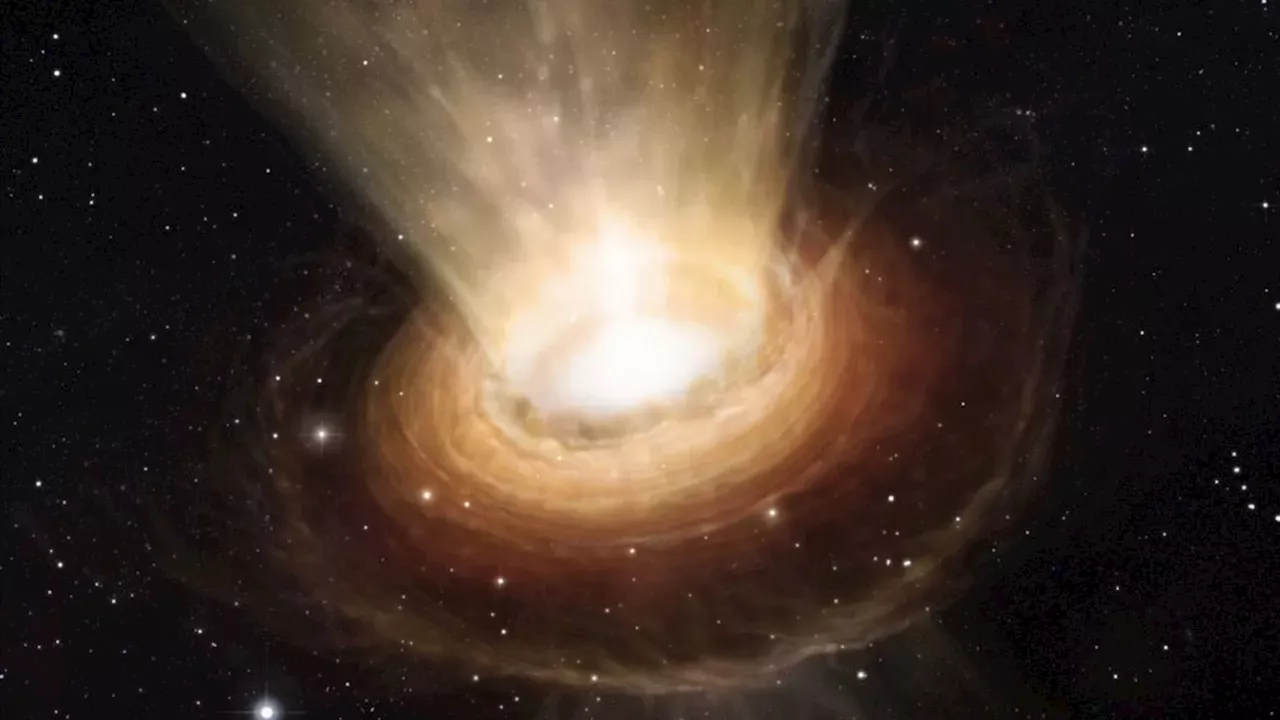Explore the fascinating process of planet formation and the role of the James Webb Space Telescope in capturing groundbreaking images.
Planet formation is a complicated and long process. Scientists have been trying to understand the numerous underlying processes that govern the planet’s formation.
The neon line was first spotted in 2007 using the Spitzer Space Telescope. The experts identified the line as the indicator of winds. “These winds could be driven either by high-energy stellar photons or by the magnetic field that weaves the planet-forming disk,” said Naman Bajaj, who led the study from the University of Arizona. “Knowing when the gas disperses is important as it constrains the time left for nascent planets to consume the gas from their surroundings,” the press release mentioned. Moreover, the findings could provide insights into the underlying process that led to the evolution of planets in our solar system.
“The implications of these findings offer new insights into the complex interactions that lead to the dispersal of the gas and dust critical for planet formation. By understanding the mechanisms behind disk dispersal, scientists can better predict the timelines and environments conducive to the birth of planets,” theThe simulations were compared to the real data.
France Dernières Nouvelles, France Actualités
Similar News:Vous pouvez également lire des articles d'actualité similaires à celui-ci que nous avons collectés auprès d'autres sources d'information.
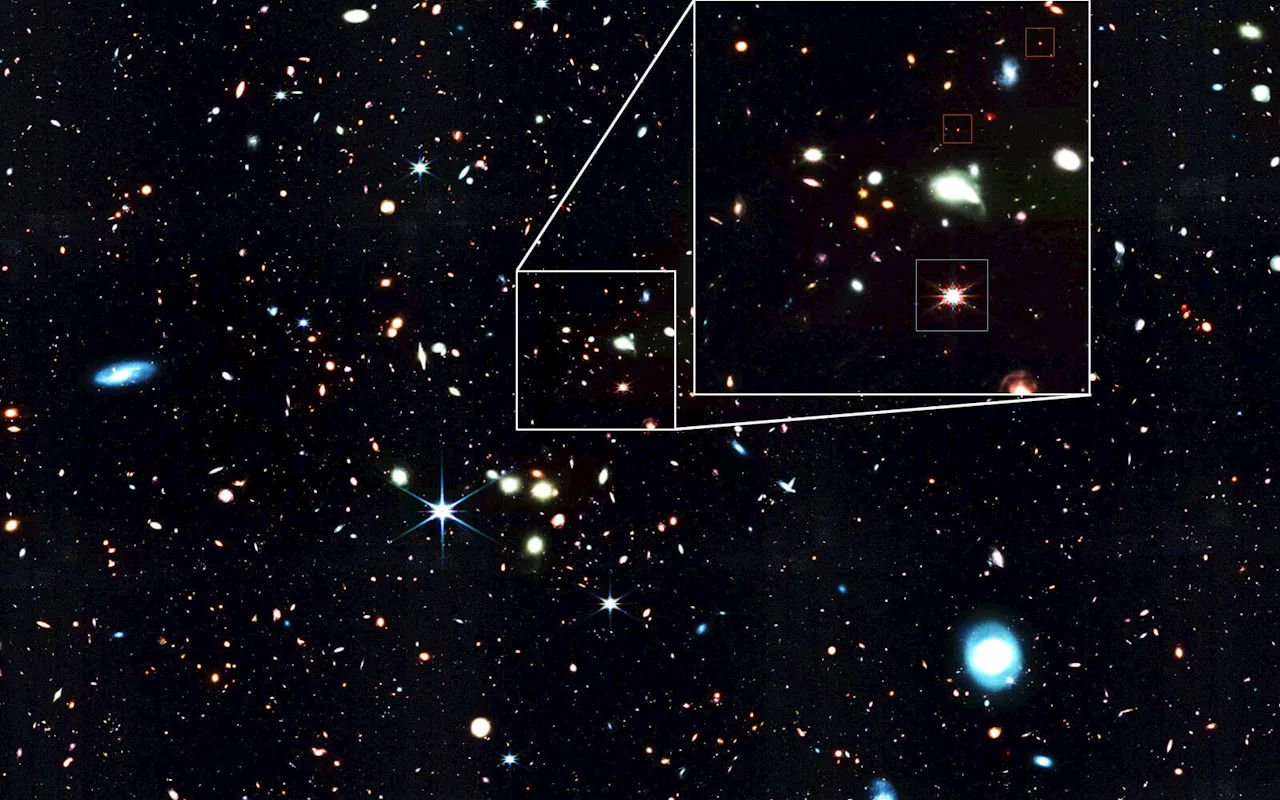 'Baby quasars': James Webb Space Telescope spots little giants in the deep pastThe James Webb Space Telescope has made one of the most unexpected findings within its first year of service: A high number of faint little red dots in the distant universe could change the way we understand the genesis of supermassive black holes.
'Baby quasars': James Webb Space Telescope spots little giants in the deep pastThe James Webb Space Telescope has made one of the most unexpected findings within its first year of service: A high number of faint little red dots in the distant universe could change the way we understand the genesis of supermassive black holes.
Lire la suite »
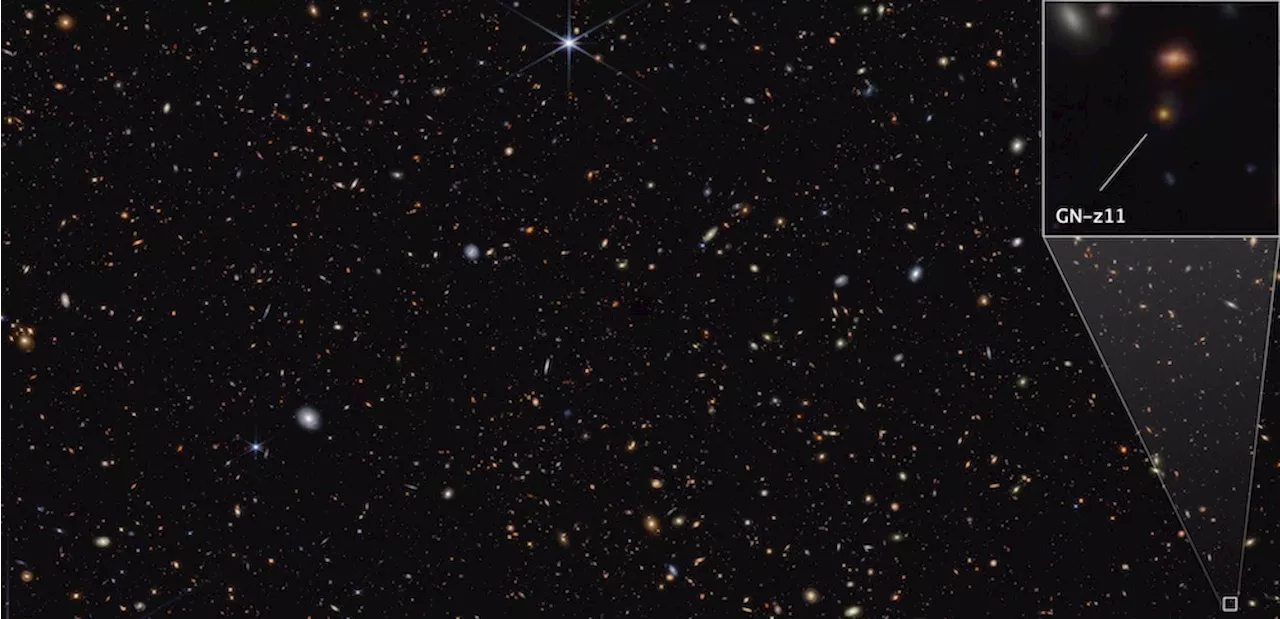 The Latest Mesmerizing Images from NASA's James Webb Space TelescopeWant to see the latest JWST images? The most recent image features the furthest known galaxy and black hole.
The Latest Mesmerizing Images from NASA's James Webb Space TelescopeWant to see the latest JWST images? The most recent image features the furthest known galaxy and black hole.
Lire la suite »
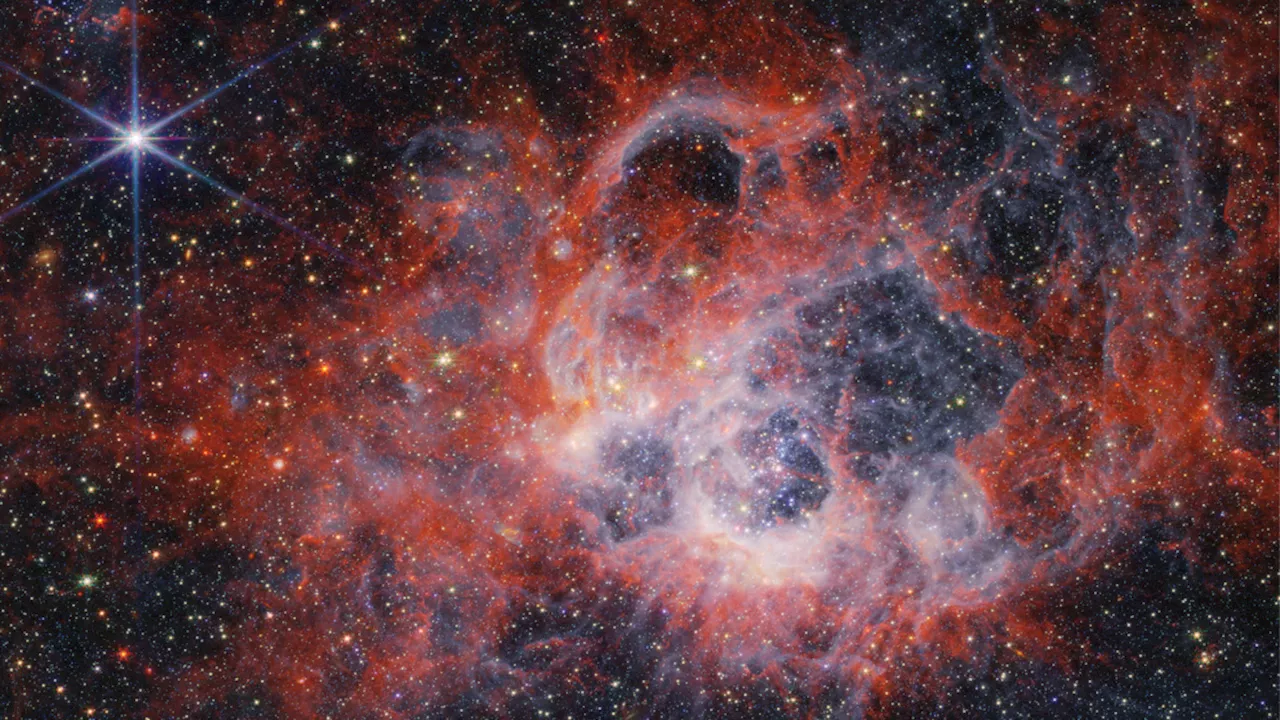 The James Webb Space Telescope hones in on star-forming region in the Triangulum Galaxy (images)Robert Lea is a science journalist in the U.K. whose articles have been published in Physics World, New Scientist, Astronomy Magazine, All About Space, Newsweek and ZME Science. He also writes about science communication for Elsevier and the European Journal of Physics. Rob holds a bachelor of science degree in physics and astronomy from the U.K.
The James Webb Space Telescope hones in on star-forming region in the Triangulum Galaxy (images)Robert Lea is a science journalist in the U.K. whose articles have been published in Physics World, New Scientist, Astronomy Magazine, All About Space, Newsweek and ZME Science. He also writes about science communication for Elsevier and the European Journal of Physics. Rob holds a bachelor of science degree in physics and astronomy from the U.K.
Lire la suite »
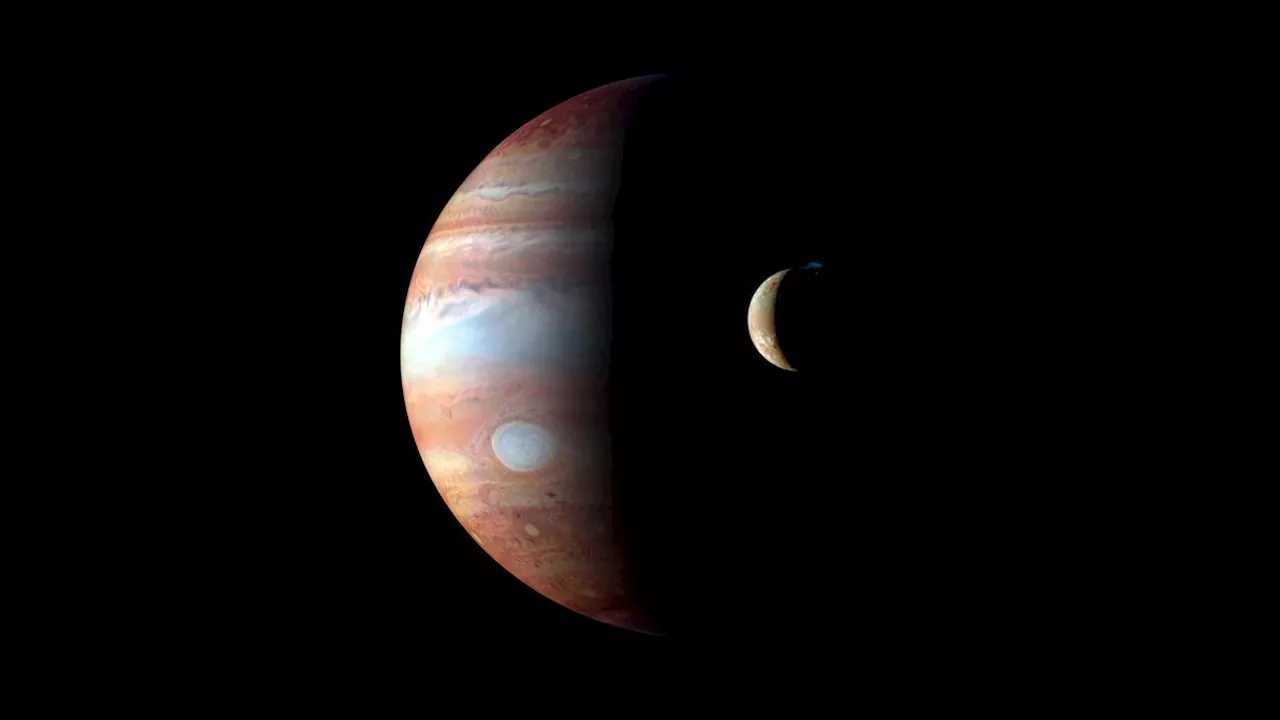 The James Webb Space Telescope is digging deep into the mysteries of gas planetsMonisha Ravisetti is Space.com's Astronomy Editor. She covers black holes, star explosions, gravitational waves, exoplanet discoveries and other enigmas hidden across the fabric of space and time. Previously, she was a science writer at CNET, and before that, reported for The Academic Times.
The James Webb Space Telescope is digging deep into the mysteries of gas planetsMonisha Ravisetti is Space.com's Astronomy Editor. She covers black holes, star explosions, gravitational waves, exoplanet discoveries and other enigmas hidden across the fabric of space and time. Previously, she was a science writer at CNET, and before that, reported for The Academic Times.
Lire la suite »
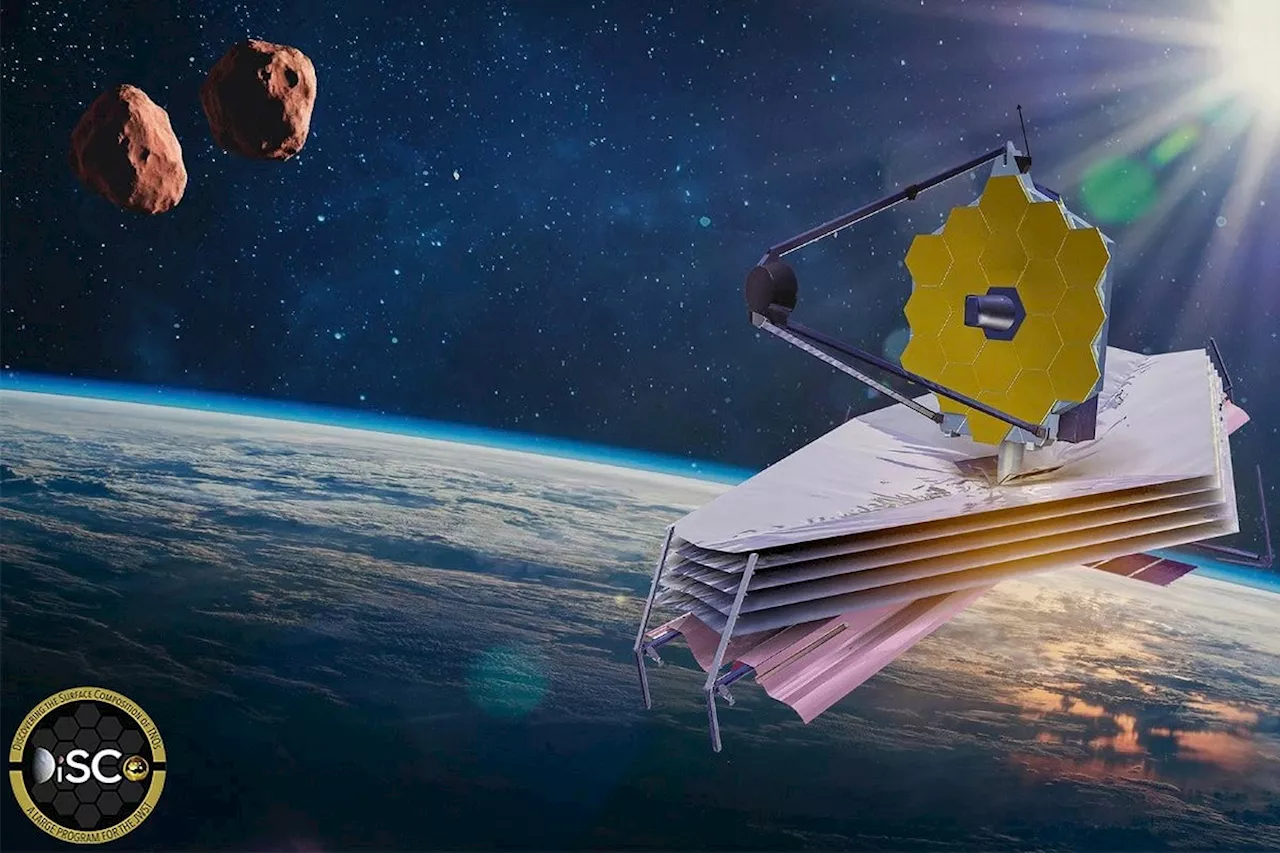 Webb Space Telescope Unlocks the Icy Secrets of Neptune’s BirthScience, Space and Technology News 2024
Webb Space Telescope Unlocks the Icy Secrets of Neptune’s BirthScience, Space and Technology News 2024
Lire la suite »
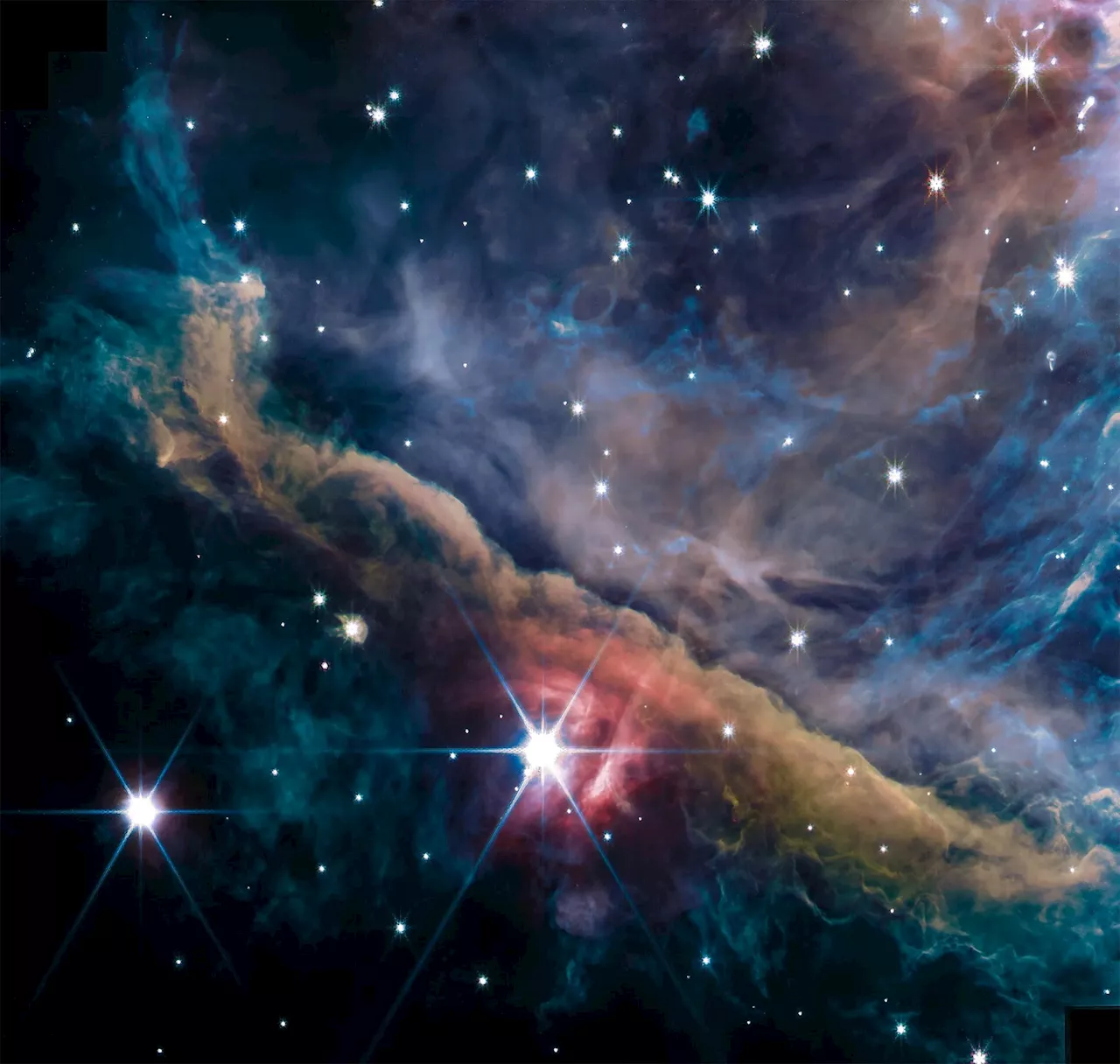 Webb Space Telescope Unveils the Invisible Forces That Sculpt Planetary SystemsScience, Space and Technology News 2024
Webb Space Telescope Unveils the Invisible Forces That Sculpt Planetary SystemsScience, Space and Technology News 2024
Lire la suite »
